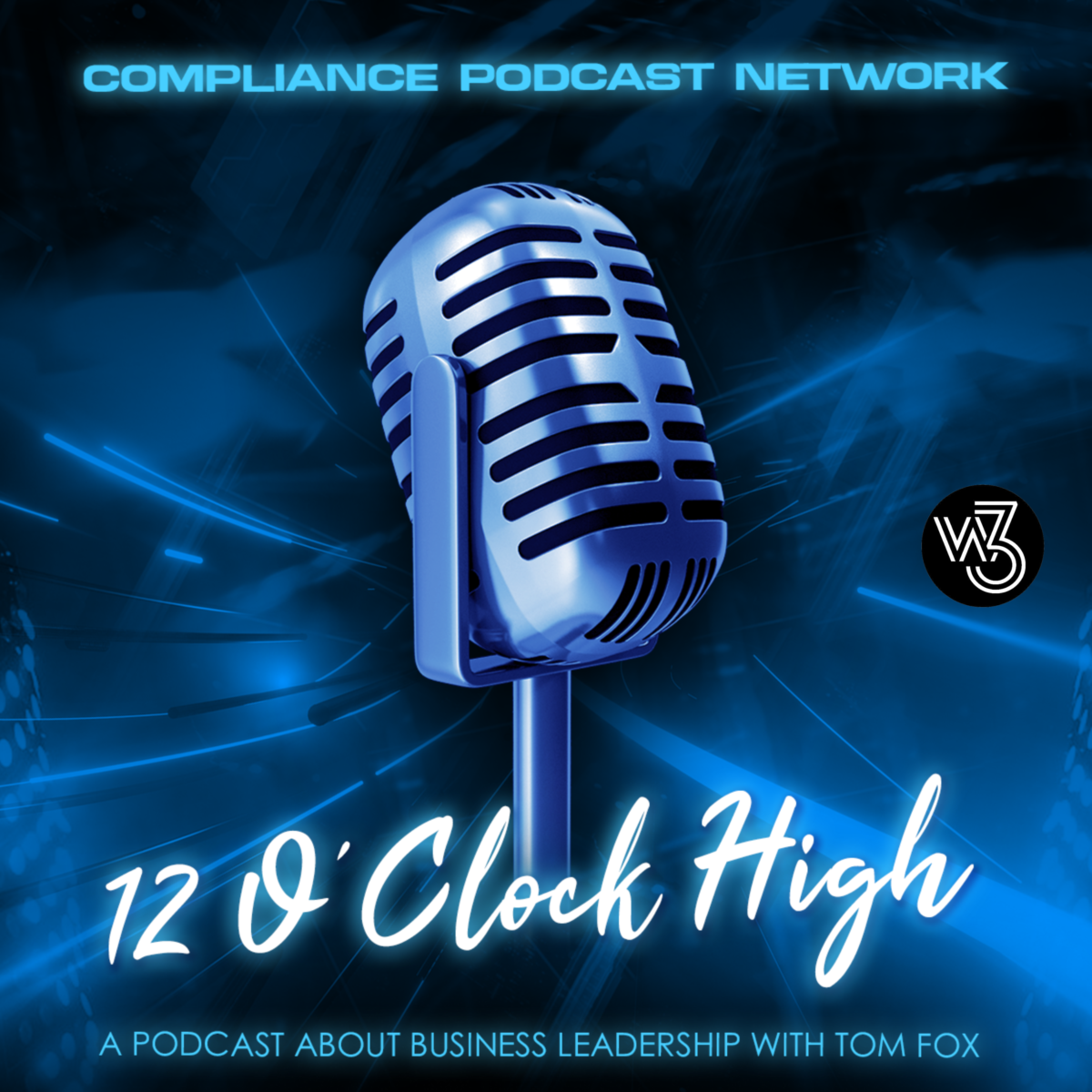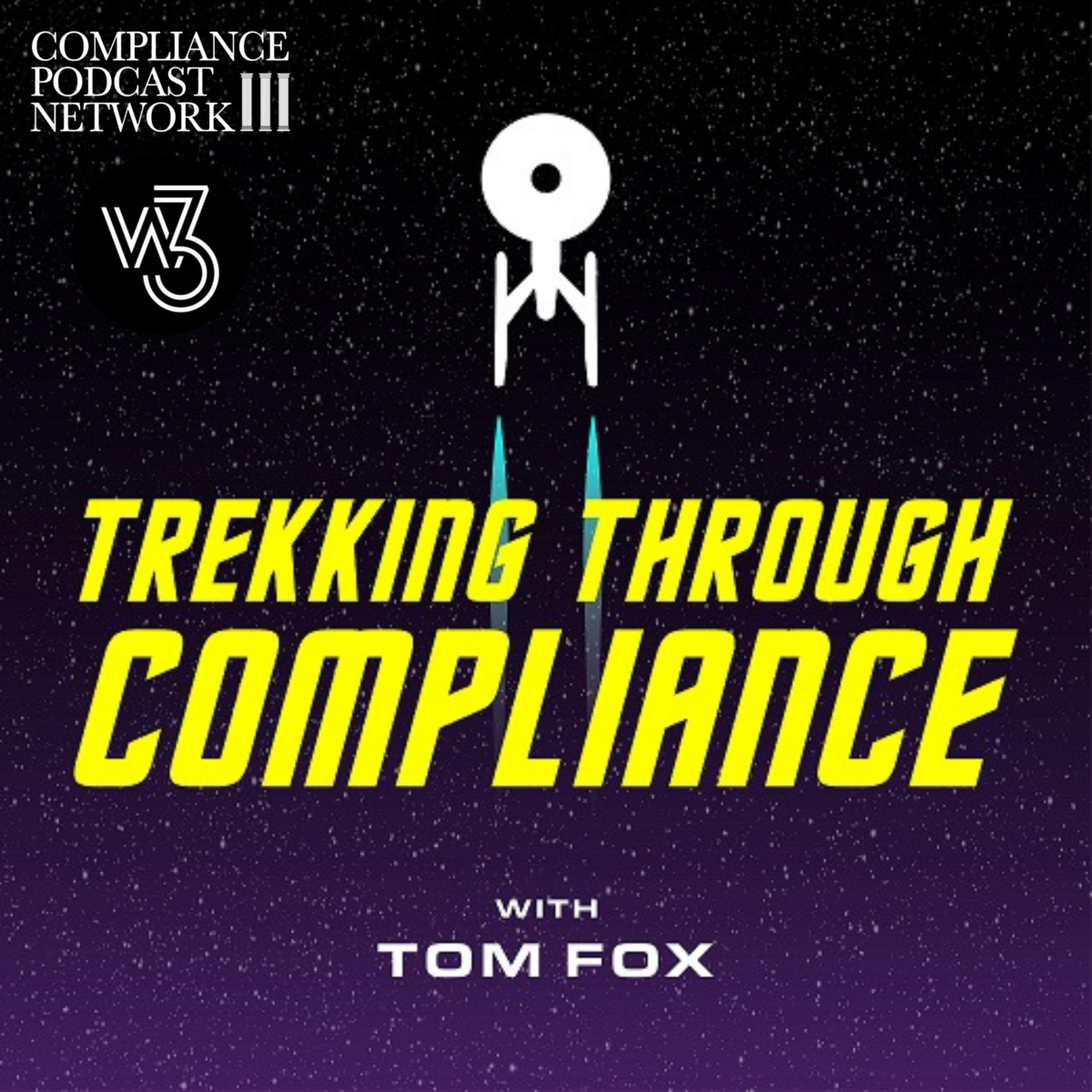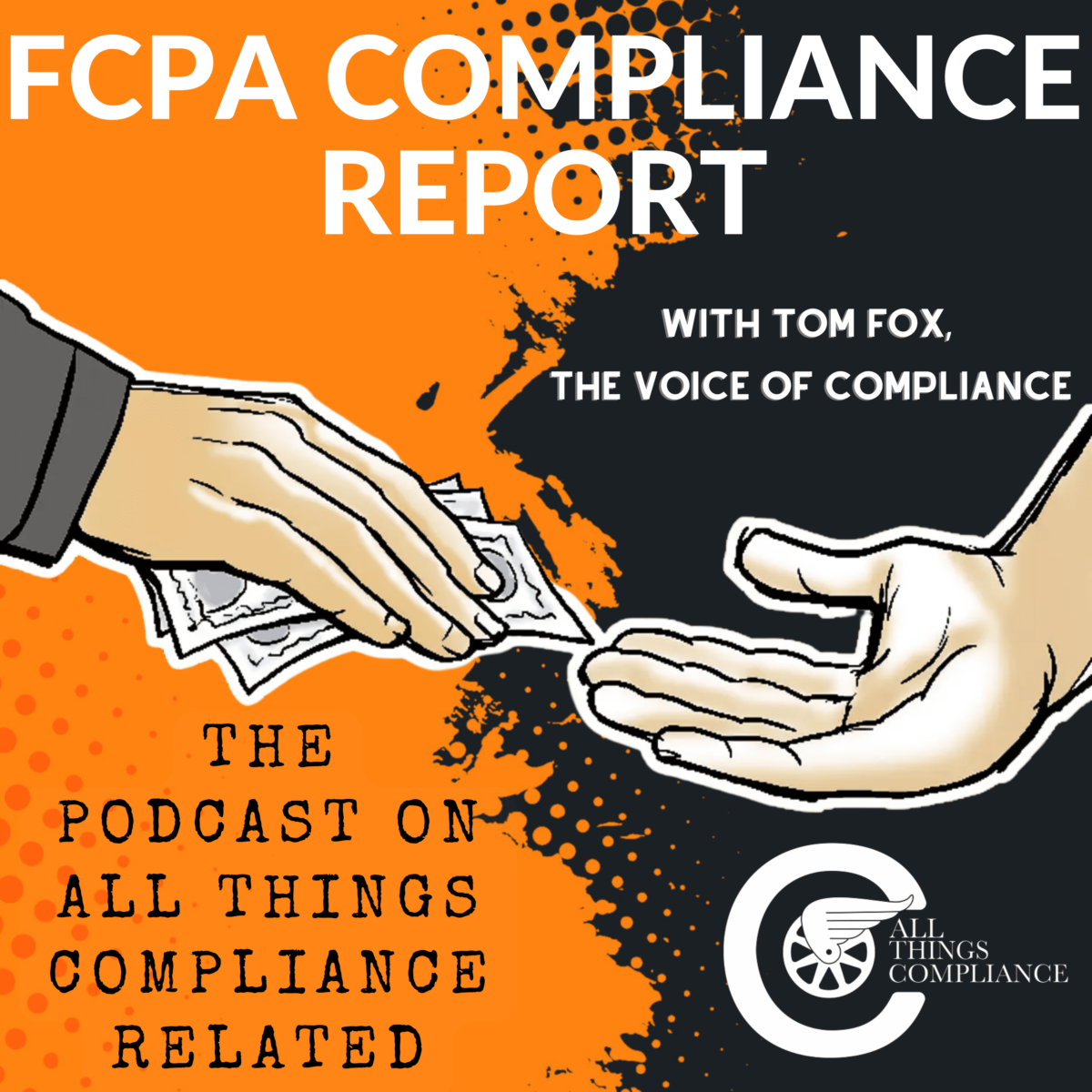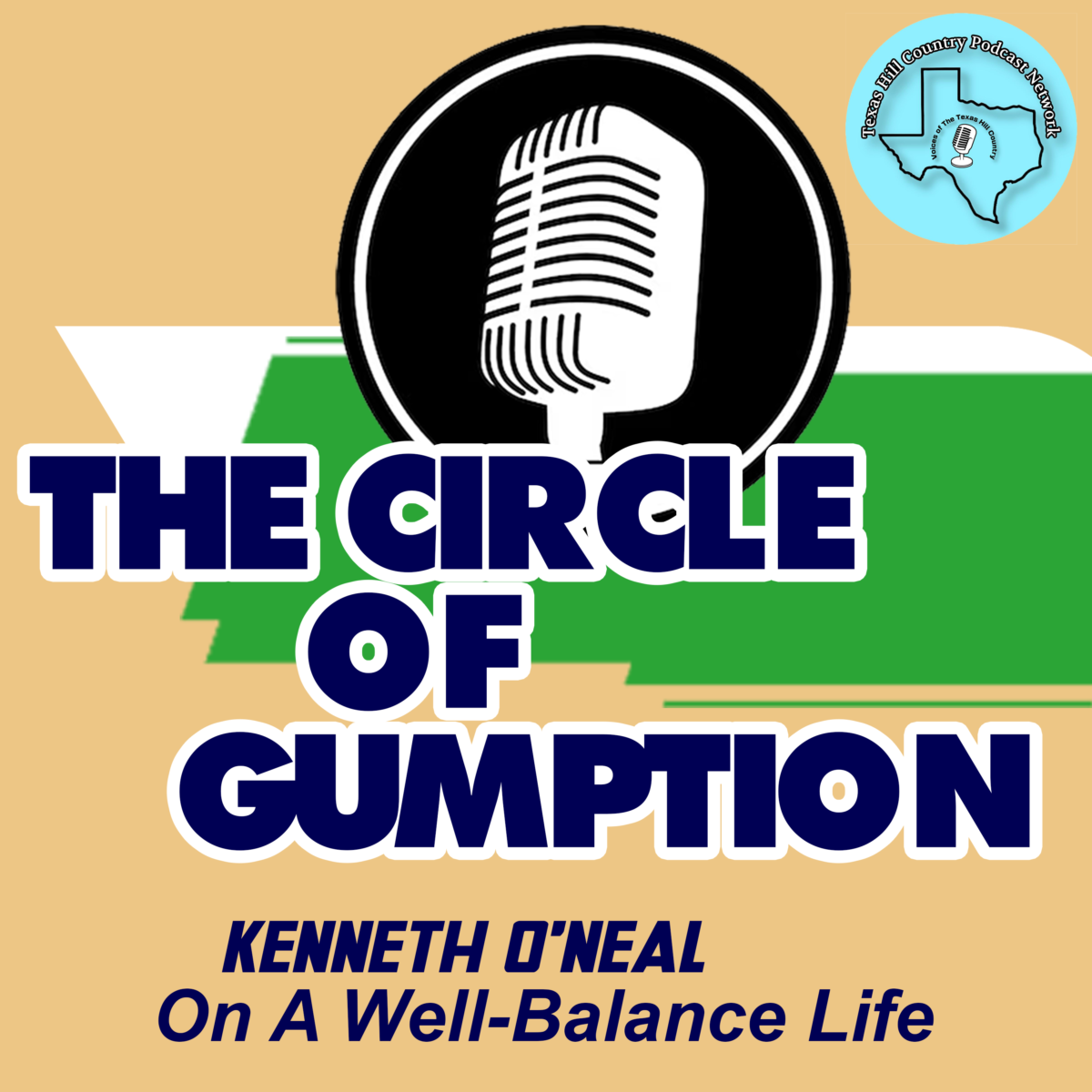Zig Ziglar Said “I Believe Man was designed for accomplishment, engineered for success, and endowed with the seeds of greatness.” Kenneth O’Neal carries this tradition forward in his work and in this podcast, The Circle of Gumption, as he shows how maximizing your God-given talents and abilities leads to a successful, well-balanced existence in all areas of life. Join co-hosts Tom Fox and Kenneth O’Neal as they explore The Circle of Gumption to help change your life mentally, spiritually, physically, financially, and professionally by improving the health of your relationships with others and yourself.
Having meaningful conversations is a skill that many of us struggle with, but it doesn’t have to be that way. In the latest episode of The Great Debate with Kenneth O’Neal and Tom Fox, the two discuss the importance of having meaningful conversations about topics such as God, sex, money, religion, and politics.
Kenneth believes that people should drop all bias and prejudice when having conversations about these topics, and that words are only 7% of effective communication. The other 93% comes from body language, eye contact, and hand gestures. He also believes that people are afraid to have deep conversations about these topics and that there are two sides to everything and that people should read both sides before making a decision.
Tom and Kenneth discussed the concept of AIR, which stands for Appreciation, Inspiration, and Recognition. They also discussed the importance of responding instead of reacting when communicating with others. They agreed that creating an atmosphere where people feel secure and comfortable to talk is important. They discussed the concept of the Circle of Gumption, which is about using one’s gumption to think and have meaningful conversations. Gumption is the motivation to get up early and work hard on projects.
The two also discussed the need to have difficult conversations and to ask people how they can help support them. They agreed that conversation should be free of bias and prejudice and should be focused on learning and enjoying the conversation. Kenneth believes that 99% of people say they are kind, but actions often don’t reflect this. Intentional conversations should be focused on learning about each other and becoming friends. Leaders should have conversations with employees that go on all the time, such as asking about their weekend.
This episode of The Great Debate is sure to leave listeners with a better understanding of how to have meaningful conversations and how to support each other. Kenneth and Tom have linked to Kenneth’s website, book, and LinkedIn profile in the show notes for those who wish to learn more. So, if you want to learn how to have meaningful conversations and how to support each other, don’t miss this episode!
Highlights Include
- The Great Debate
- Gumption and Communication
- AIR – Inspiration, and Recognition Creating a Legacy
- Effective Communication
Resources
Kenneth O’Neal
The Circle of Gumption
Tom Fox
Instagram
Facebook
YouTube
Twitter
LinkedIn






